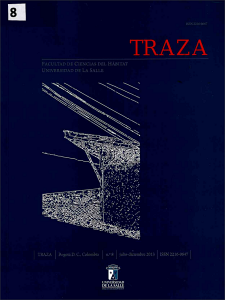Abstract
The spatiality of the urban structure results from a proper balance between the public and the private, in that “everything has more to do with the empty than with the full”. The proper design, use and maintenance of empty space ensure that public and semi-public spaces generate safety and comfort in people. In addition to their intrinsic use, they must support themselves through activity, as they must stay in time with a useful life in terms of use and abuse, where time is not visible. Thus, a “dialogue with the universal and the permanent through the intrinsic [everyday] of what is essentially [utilitarian]” is established. It should not be forgotten that aesthetic and trust are involved in all processes, where something that everyone wants done well is achieved. It is the dream and hope for a better environment; with no recipes, but with commitments. By the same token, we learn from what we have seen, and what has been done, and what can still be done better.Downloads
Download data is not yet available.



